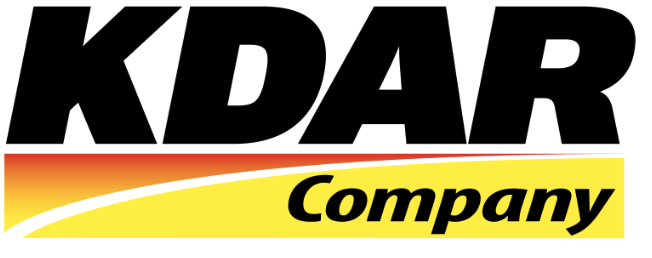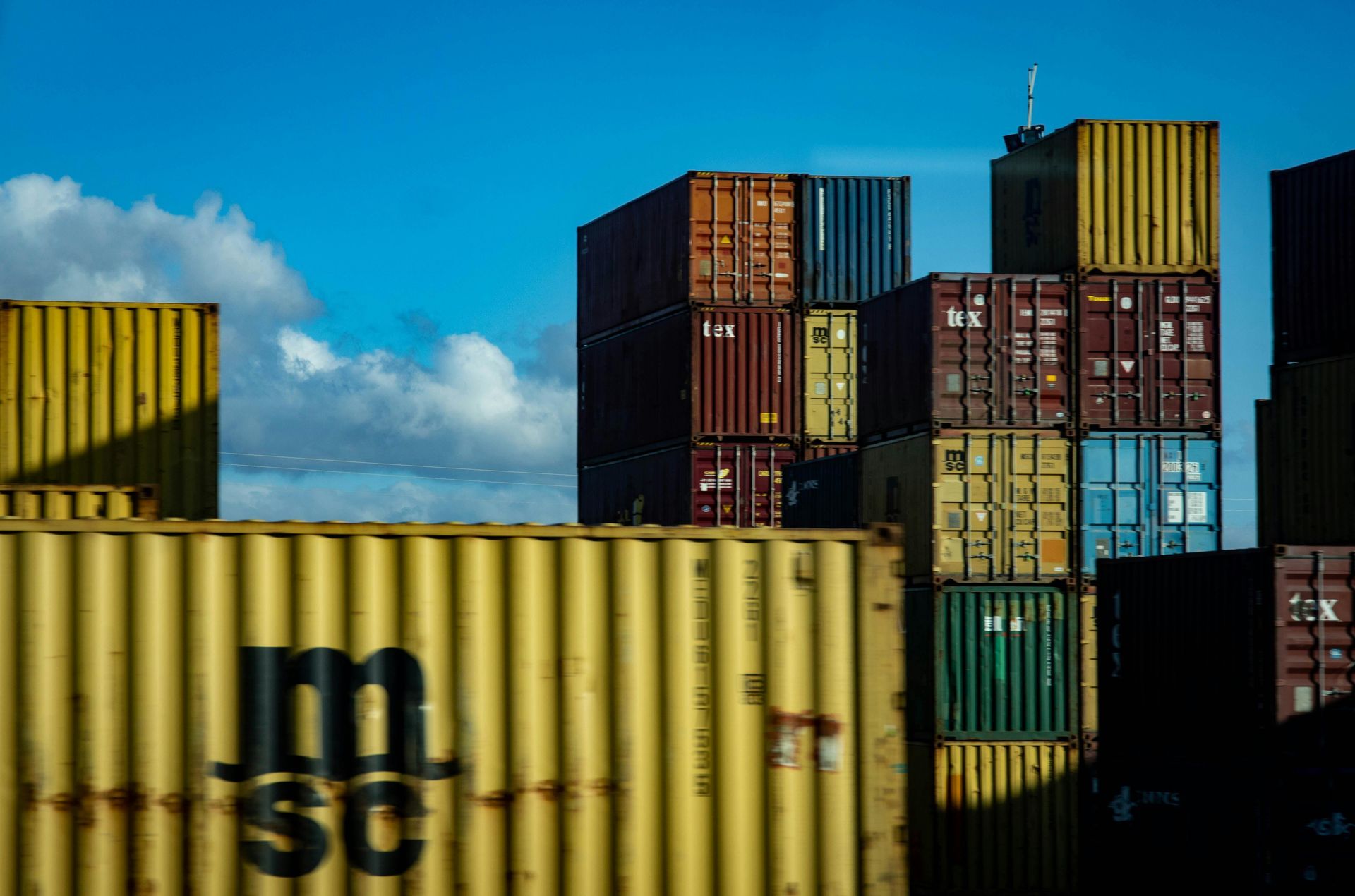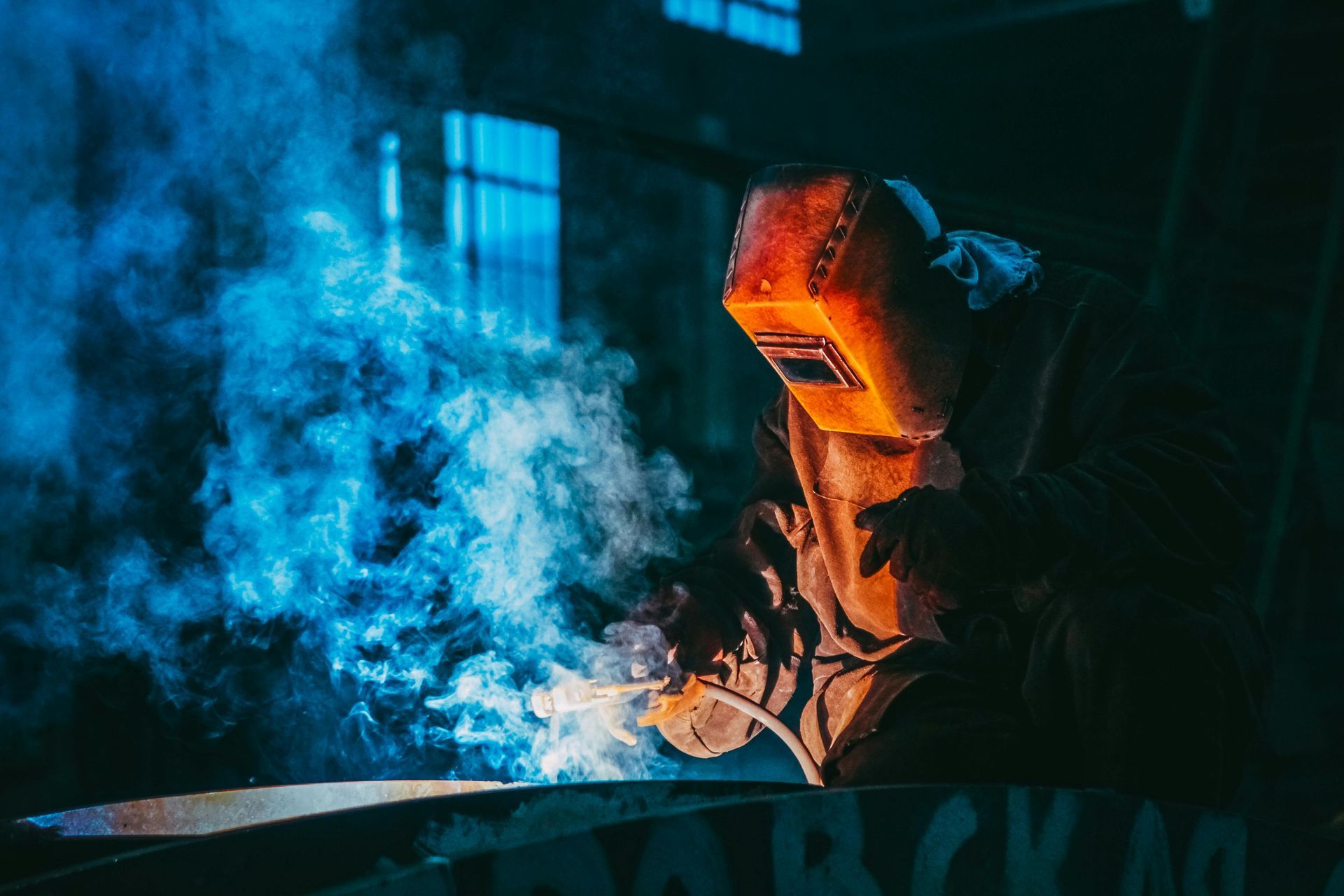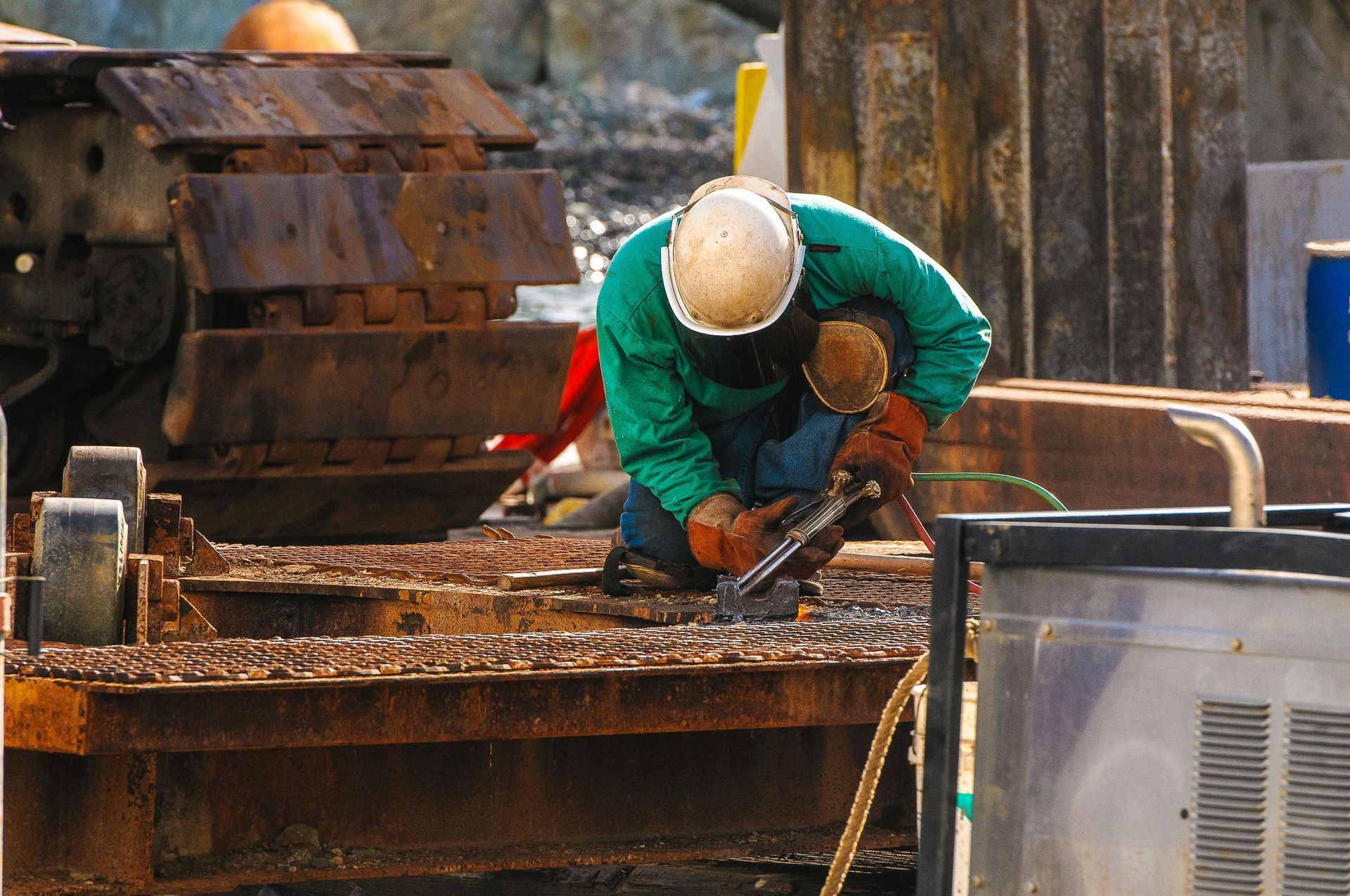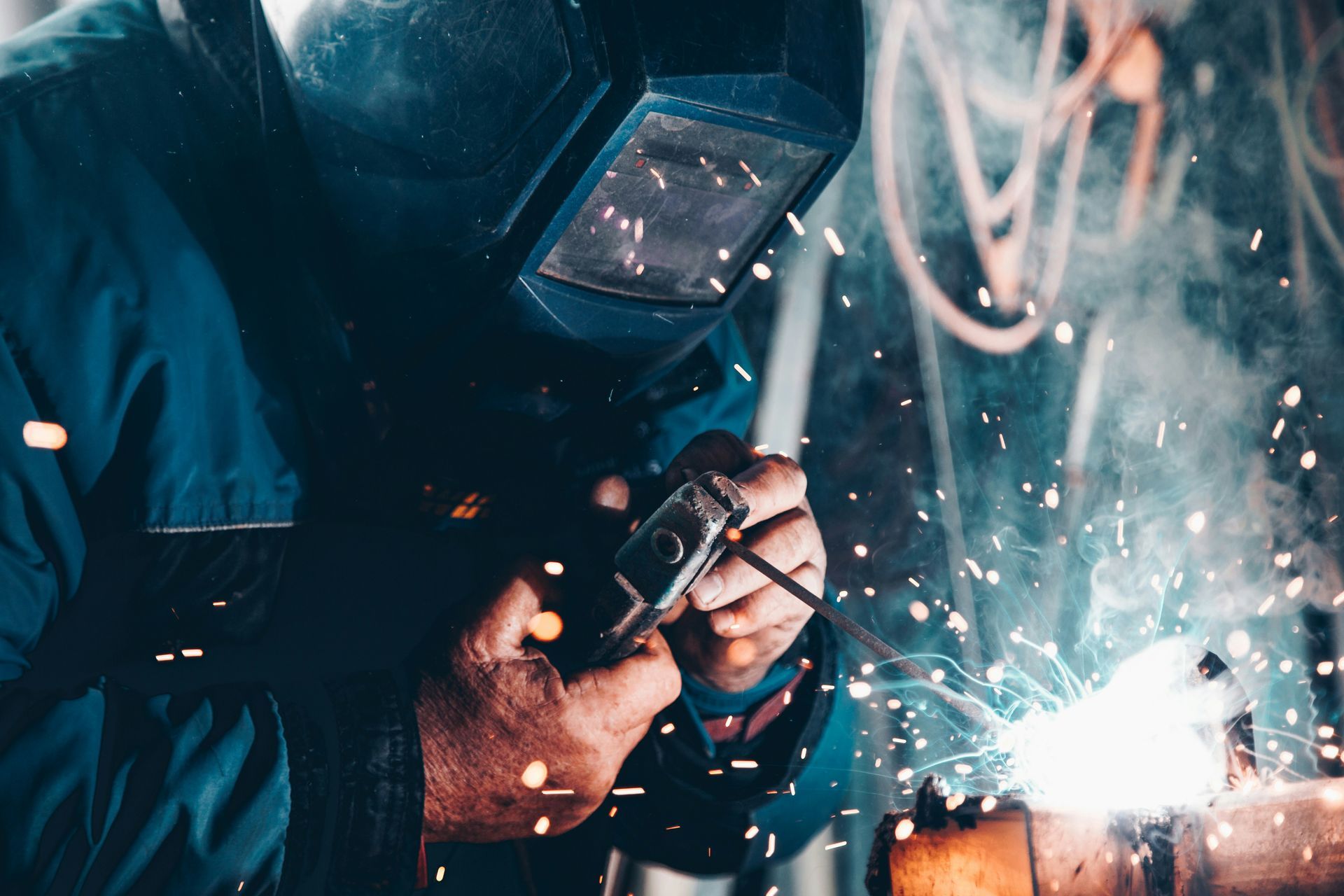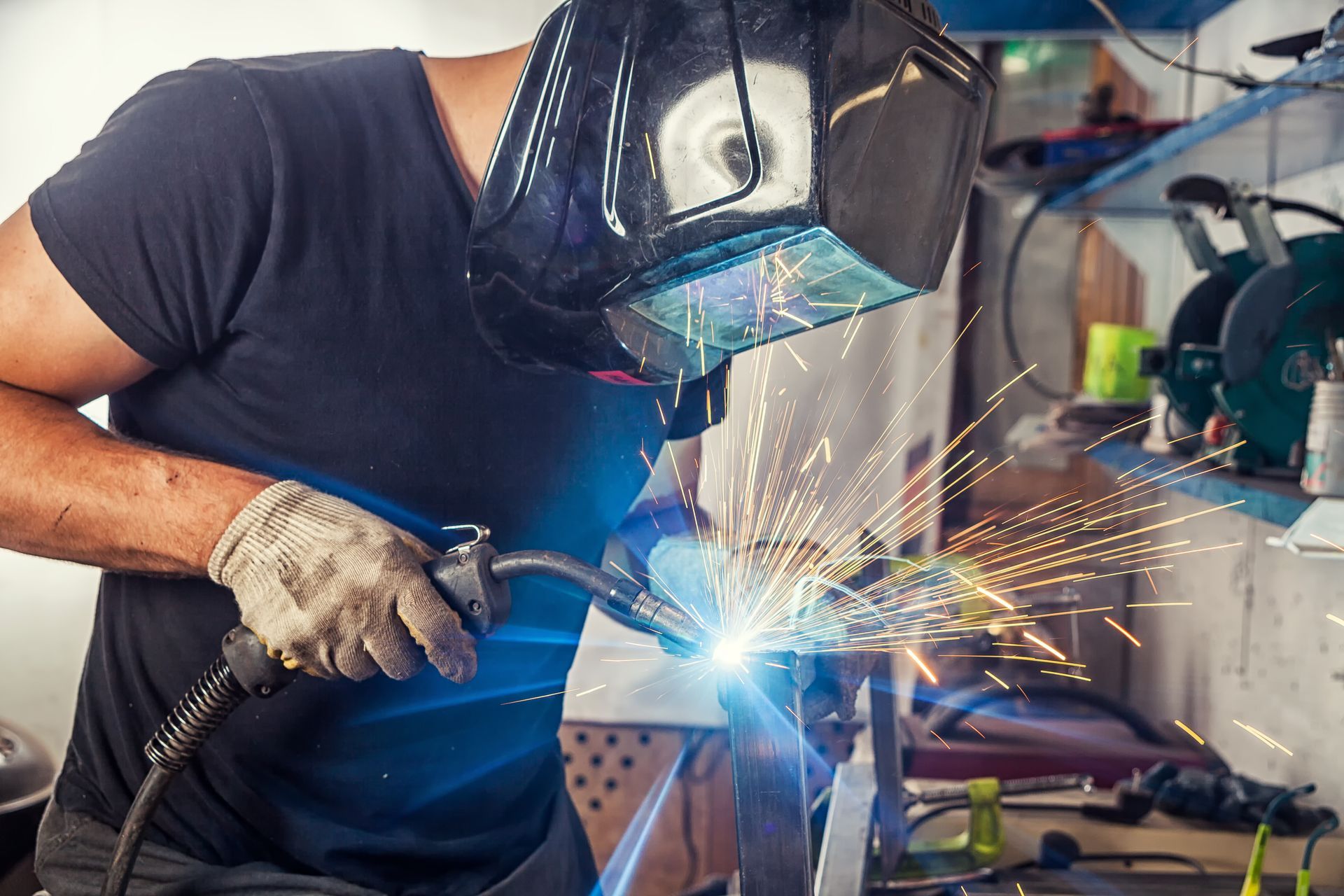How to Handle Supply Chain Disruptions
April 11, 2024
If you've been a business owner or manager for several years, you may have dealt with supply chain issues. Many local, state, and national events can affect how a business operates, and the COVID-19 pandemic certainly did that over the last few years. Although we can never entirely prevent supply chain issues (to be a business owner is to adapt to changes), we can improve how we respond to problems. Let's discuss some strategies to handle supply chain disruptions effectively.
Diversify Suppliers
One of the most effective ways to mitigate the risk of supply chain disruptions is by diversifying suppliers. Relying on a single supplier leaves businesses vulnerable to disruptions such as factory closures, transportation delays, or geopolitical events. By partnering with multiple suppliers, preferably in different geographic locations, businesses can spread their risk and minimize the impact of disruptions. When diversifying suppliers, it's essential to conduct thorough research and due diligence to ensure the reliability and quality of each supplier.
Maintain Safety Stock
Maintaining safety stock is crucial for small retail businesses to buffer against unexpected fluctuations in demand or supply disruptions. Safety stock refers to the extra inventory held beyond standard requirements to ensure continuity of operations during disruptions. Determining the appropriate safety stock level requires careful consideration of lead times, demand variability, and supplier reliability. While holding excess inventory can tie up capital, the benefits of ensuring continuity of operations during disruptions outweigh the costs.

Establish Strong Relationships
Building solid relationships with suppliers is essential for effectively navigating supply chain disruptions. Effective communication, trust, and collaboration are critical to strong supplier relationships. By fostering open communication channels and understanding each other's challenges, businesses can work together to find solutions and mitigate the impact of disruptions. Investing time and effort in building and maintaining strong supplier relationships can pay dividends during times of crisis.
Utilize Technology
Technology is crucial in enhancing supply chain resilience for small retail businesses. Inventory management systems, supply chain analytics, and predictive modeling can provide valuable insights into potential disruptions and enable proactive decision-making. Automation can streamline processes, reduce manual interventions, and improve efficiency. By leveraging technology effectively, businesses can identify risks, optimize inventory levels, and respond quickly to disruptions, thus minimizing their impact on operations.
Explore Local Sourcing
Locally sourcing products can provide small retail businesses with a more resilient supply chain. By reducing dependencies on international suppliers or long-distance transportation, companies can minimize the risk of disruptions caused by geopolitical events, natural disasters, or transportation delays. Local sourcing also has the added benefit of supporting the local economy and reducing carbon emissions associated with long-distance transportation.
Implement Contingency Plans
Developing robust contingency plans is essential for small retail businesses to effectively respond to supply chain disruptions. Contingency plans should outline steps during disruptions, including alternative sourcing options, emergency communication protocols, and strategies for managing inventory shortages or delays. Regular testing and updating of these plans are critical to ensure readiness for disruptions and minimize their impact on business operations.
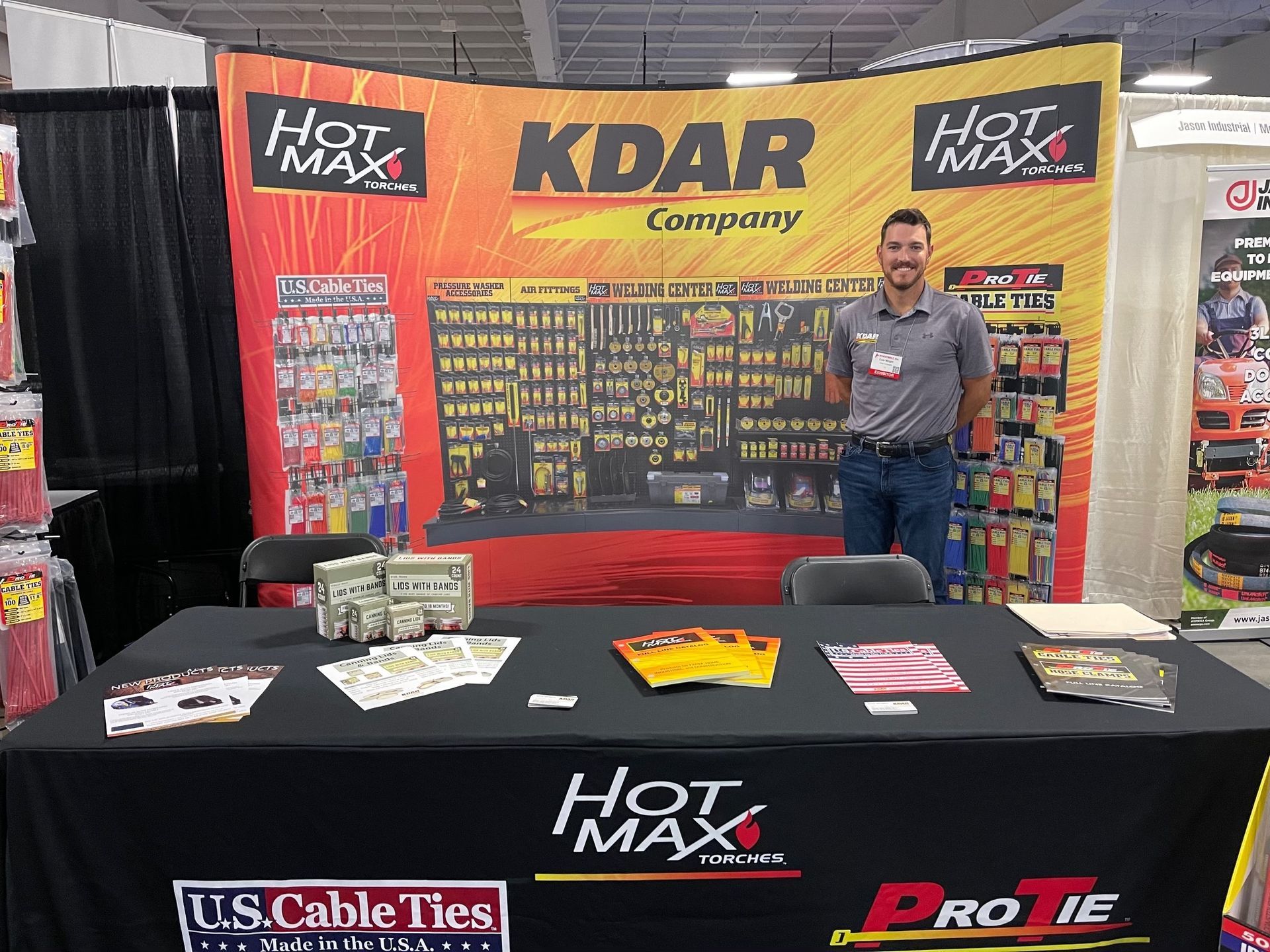
Work With KDAR Company
Supply chain disruptions pose significant challenges for small retail businesses, but by implementing proactive strategies, companies can enhance their resilience and mitigate the impact of disruptions. By adopting these strategies, small retail businesses can minimize risks, ensure continuity of operations, and maintain their competitive edge in an increasingly uncertain business environment.
Supply chains will always take time to navigate. Here at KDAR, we take our role as a wholesaler for welding equipment, cable ties, and more seriously. Our retailers can trust us to provide dedicated service and industry expertise. Contact us today to learn more!
